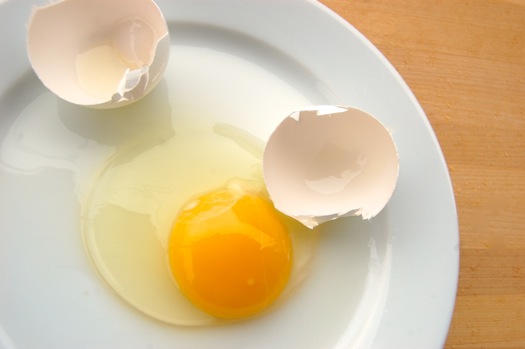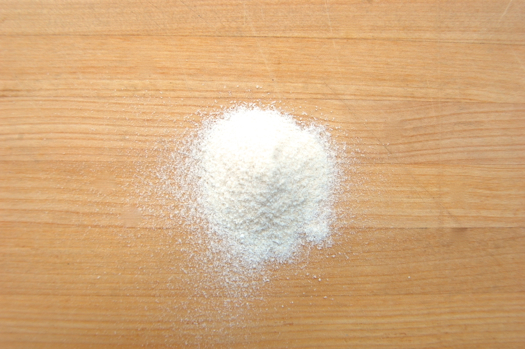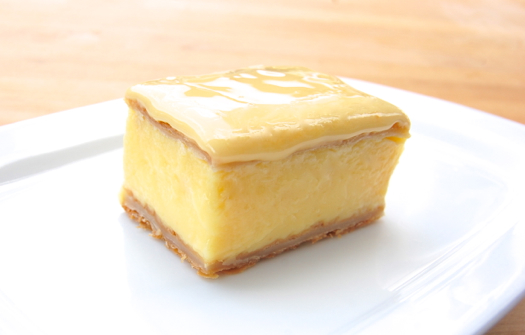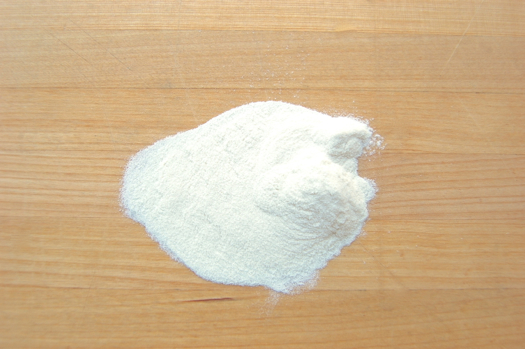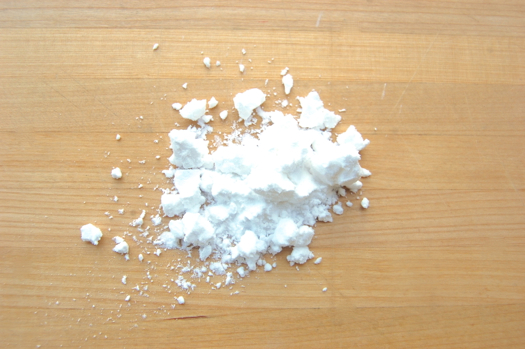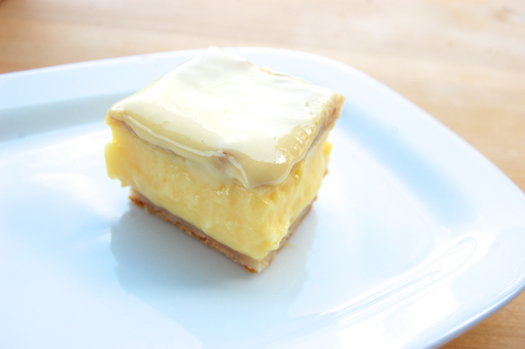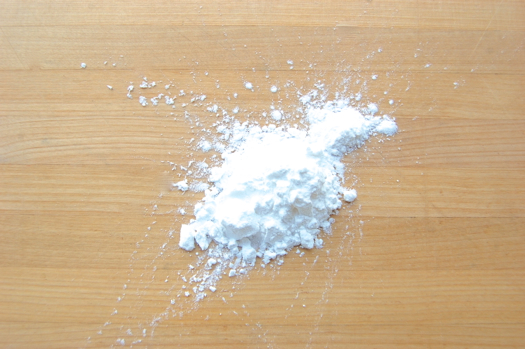Regarding Hydrocolloids
With the rise of molecular gastronomy the term hydrocolloid has become, shall we say, hot. But what exactly is a hydrocolloid? “Colloid” is a science-y sounding term that simply means one thing dispersed in another. They’re all around us, colloids. There are solid-in-liquid colloids like, say, paint. There are gas-in-liquid colloids (whipped cream), gas-in-solid colloids (styrofoam), liquid-in-liquid colloids (salad dressing), liquid-in-gas colloids (hair spray), the list goes on. A kitchen hydrocolloid, as the name implies, is a colloid that’s based on water or some other mostly-water liquid like juice or broth. Which is to say it’s a colloid where water is the medium that something else is being dispersed in — the “continuous phase” as it’s technically called — and the something else that’s being dispersed (the “dispersed phase”) is a gum or starch or a protein.
READ ON